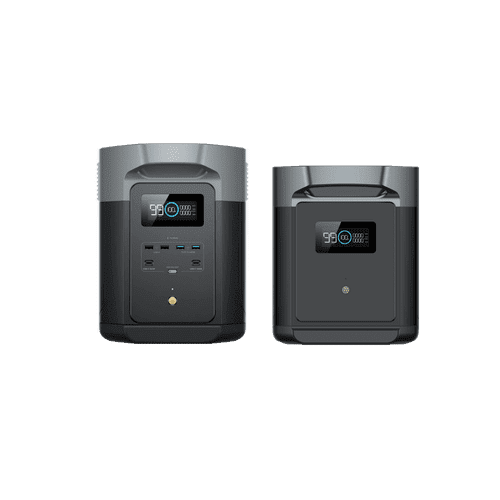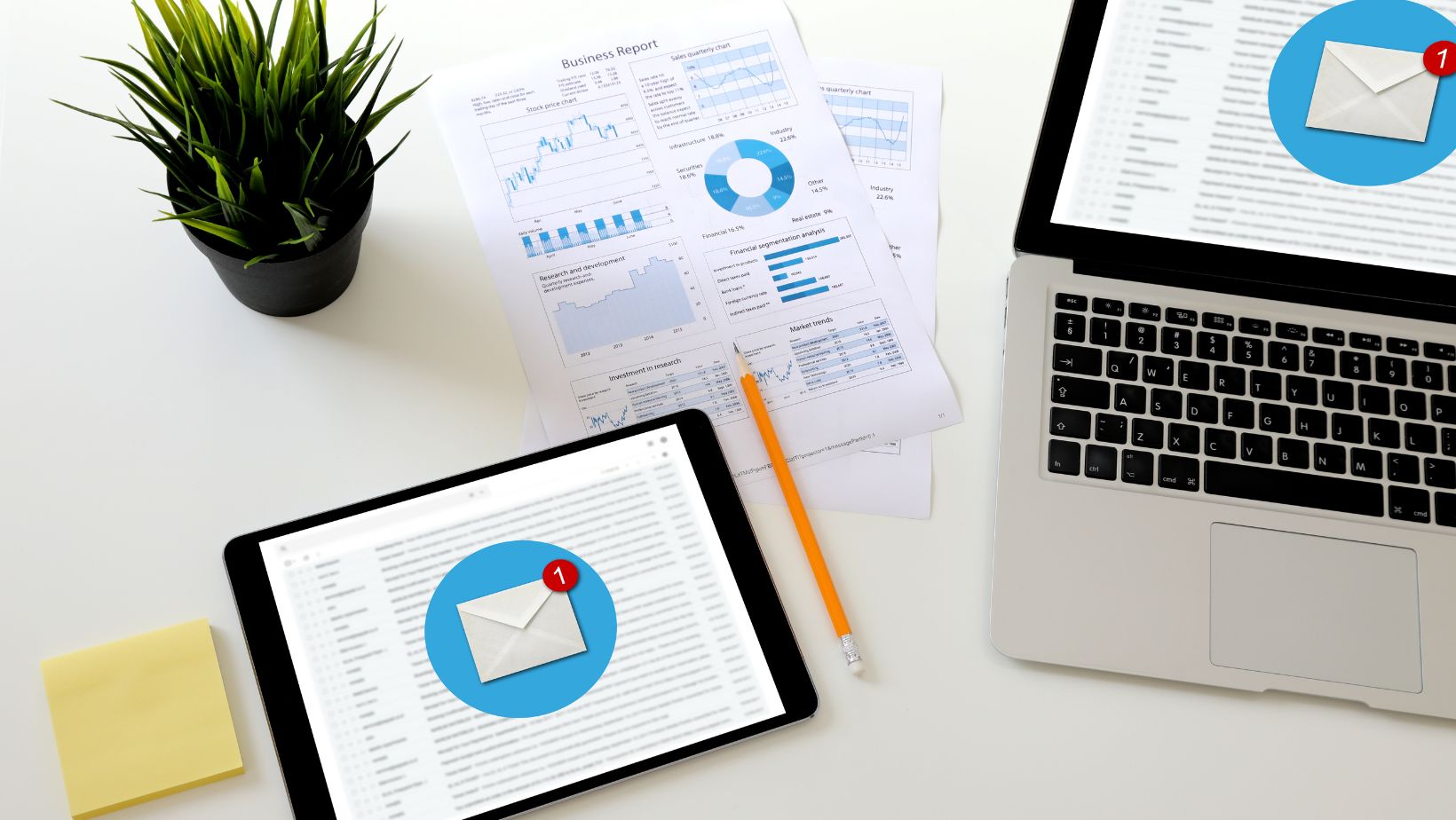
As energy costs continue to soar, with average U.S. household electricity bills rising 14.3% in 2023, and power outages increasing by 64% over the past decade, consumers face mounting challenges in securing reliable, sustainable power. While our dependence on fossil fuels contributes to climate change and grid instability, the path to clean energy independence has often seemed complex and costly. However, modern power stations like EcoFlow’s latest models are changing this paradigm. Built with advanced LFP (Lithium Iron Phosphate) battery technology, these solutions offer unparalleled safety and longevity while delivering clean, reliable power whenever and wherever needed. This innovative approach not only provides peace of mind during outages but also serves as a cornerstone for sustainable living. In this comprehensive guide, we’ll explore how to transform your relationship with energy, offering a clear roadmap to reduce your carbon footprint while ensuring energy security for years to come.
Why Energy Independence Matters for Eco-Conscious Consumers
Energy independence today extends far beyond simply disconnecting from the grid – it represents a fundamental shift toward sustainable self-sufficiency and environmental responsibility. Traditional power grids, heavily dependent on fossil fuels, not only contribute to climate change but also leave consumers vulnerable to rising costs and reliability issues. Conventional backup generators, while providing temporary relief during outages, release harmful emissions equivalent to 40-50 passenger vehicles, significantly impacting local air quality and global carbon levels. Studies show that the average American household wastes nearly 30% of its energy through inefficient consumption patterns and outdated power solutions. By embracing clean energy independence, consumers can simultaneously address these environmental concerns while securing reliable power access. Recent data indicates that households transitioning to renewable energy systems reduce their carbon footprint by up to 80% while gaining immunity to grid disruptions and price fluctuations. This shift not only protects our planet but also provides long-term economic benefits through reduced utility costs and increased energy security.
Clean Power Station Technology: The Energy Revolution
Modern portable power stations represent a breakthrough in clean energy technology, combining compact design with industrial-grade capabilities. These systems typically deliver 600W of continuous power with surge capacities of 1200W or more, making them suitable for running everything from laptops to small appliances. Unlike traditional generators that require fuel and maintenance, silent operation and zero emissions make them ideal for both indoor and outdoor use. Intelligent power management enables real-time monitoring and control through user-friendly apps, while modular designs allow for capacity expansion as needs grow. When compared to conventional gas generators, these solutions eliminate fuel costs, maintenance requirements, and harmful emissions while providing instant, clean power. Their versatility shines in multiple scenarios – from powering essential devices during blackouts to enabling comfortable off-grid adventures. These units excel in emergency preparedness, providing critical power for medical devices, refrigeration, and communication tools. For outdoor enthusiasts, they enable a new level of comfort without environmental impact, powering everything from camp lighting to portable cooking equipment. Remote workers can maintain productivity during grid disruptions, while homeowners gain peace of mind knowing they have reliable backup power that aligns with their environmental values.

LFP Battery Technology: Safety and Sustainability Core
Understanding LFP Chemistry Advantages
Lithium Iron Phosphate (LFP) technology represents a significant advancement over traditional lithium-ion batteries, offering superior safety and stability. The iron-based cathode material eliminates the use of cobalt and nickel, making it both environmentally responsible and inherently safer. LFP chemistry provides exceptional thermal stability, maintaining safe operation even under extreme conditions up to 500°C – far beyond what conventional batteries can handle. This stability eliminates the risk of thermal runaway, a critical safety concern in energy storage. The built-in Battery Management System (BMS) provides multiple layers of protection against overcharging, over-discharging, and temperature fluctuations, ensuring worry-free operation.
Long-Term Value and Eco-Impact
Advanced LFP battery technology delivers remarkable longevity with over 3,000 charge cycles while maintaining 80% capacity – translating to roughly 10 years of daily use. This extended lifespan significantly reduces electronic waste compared to traditional batteries that typically last 500-1,000 cycles. The battery’s components are 95% recyclable, aligning with circular economy principles. When calculating cost-per-use, the durability results in less than $0.20 per cycle over its lifetime, making it not just environmentally conscious but economically superior to disposable power solutions. The absence of toxic heavy metals also ensures safer end-of-life handling and recycling, meeting the stringent demands of environmentally conscious consumers who prioritize both performance and sustainability in their technology choices.
Multi-Source Charging Options for True Freedom
Versatile charging capabilities revolutionize how we think about energy independence. With efficient solar charging at its core, modern systems seamlessly connect to compatible 200W panels, converting sunlight into usable power at up to 95% efficiency. Setting up solar charging requires minimal technical knowledge – simply connect the panels using MC4 adapters and position them for optimal sun exposure. Rapid AC wall charging provides a full charge in just 96 minutes, perfect for preparation before expected outages or quick turnaround between adventures. For mobile flexibility, car charging maintains power during road trips through a standard 12V car port. Innovative dual-charging technology allows simultaneous solar and AC charging, reducing total charging time by up to 50%. During sunny conditions, users can achieve complete energy independence by relying solely on solar power, while cloudy days are managed through a hybrid approach of morning AC charging complemented by solar when available. This multi-source flexibility ensures reliable power regardless of weather conditions or grid status, truly delivering on the promise of energy freedom.
Step-by-Step Guide to Achieving Energy Independence
Assessing Your Power Needs
The journey to energy independence begins with a thorough power needs assessment. Start by listing all essential devices and their wattage requirements, typically found on device labels or manuals. Critical loads like refrigeration (150-400W), medical equipment (50-200W), and communication devices (10-20W) should be prioritized. Calculate your daily power consumption by multiplying each device’s wattage by its hours of use. For emergency planning, factor in additional capacity for unexpected extended outages.
Building Your Clean Energy System
Select solar panels based on your calculated power needs and available space. Choose compatible 200W panels with MC4 connectors for optimal performance. Position panels facing south at a 30-45 degree angle for maximum sun exposure. Configure your system through mobile apps that enable real-time monitoring of power generation and consumption. For whole-house integration, consult a certified electrician about installing a transfer switch to safely connect essential circuits.
Maintenance for Peak Performance
Maintain your system’s efficiency through regular care. Store power stations at 50-80% charge when not in use, avoiding extreme temperatures. Clean solar panels monthly using non-abrasive materials and water to remove dust and debris. Check cable connections quarterly for signs of wear. Update system firmware when prompted to ensure optimal performance and new features. Conduct monthly safety inspections of all components, particularly checking for proper ventilation around the power station and ensuring solar panel mounts remain secure.
Real-World Clean Energy Applications
Modern portable power stations demonstrate their versatility in diverse real-world scenarios, showing practical impact on everyday life. In urban settings, remote workers maintain productivity during grid failures by powering laptops, monitors, and internet equipment for up to 12 hours on a single charge. During recent California power shutoffs, households using clean power systems maintained essential refrigeration and medical devices while reducing generator-related emissions by 95%. For outdoor enthusiasts, these systems have revolutionized sustainable camping, powering LED lighting, portable coolers, and cooking equipment without noise or exhaust fumes, preserving natural environments. In community disaster response, portable power stations deployed during Hurricane Ian provided critical power for emergency communication systems and medical equipment, demonstrating up to 80% faster response times compared to traditional generator setups. Each use case translates to measurable environmental benefits – a typical weekend camping trip saves 20-30 pounds of carbon emissions compared to gas generator use, while regular home backup applications can reduce a household’s carbon footprint by up to 1,000 pounds annually through decreased reliance on fossil fuel-based emergency power.
Embracing a Sustainable Energy Future
The evolution of portable power technology represents a pivotal shift in how we approach energy independence, making clean, reliable power accessible to everyone. Through advanced LFP battery technology, modern systems deliver unmatched safety and longevity while eliminating the environmental impact of traditional backup power solutions. Versatile charging capabilities, from high-efficiency solar to rapid AC charging, ensure consistent power availability regardless of external conditions. By combining portability with industrial-grade performance, these solutions serve as both an immediate answer for power security and a long-term investment in sustainable living. As we face increasing climate challenges and grid instability, the time to take control of our energy future is now. Whether you’re looking to reduce your carbon footprint, ensure reliable backup power, or embrace off-grid adventures, clean energy solutions provide a clear path forward. Take the first step toward energy independence today by assessing your power needs and exploring how these revolutionary systems can transform your relationship with energy, creating a cleaner, more sustainable future for generations to come.


















